I'm trying to do a bifurcation analysis of a second order dynamical system using MatCont package of MATLAB. I'm fairly new to MatCont and ODE solvers in general.
The system is the following (as written in MatCont):
x1' = R*x1/L + x2/L
x2' = a+x2/D - (b*x2^3)/D - x1/D
Where R,L,D,a,b are parameters. When I start the integration focusing on just one single variable (my aim is to plot one variable against the bifurcation parameter R), I get the following error:
"current step too small".
I've tried different values for InitStepSize, MinStepSize and MaxStepSize but the error doesn't go away, so I'm not able to perform the analysis.
The solver I'm using is ode45. Any idea how to fix this issue??
More details:
- First 3 derivatives are computed symbolically
- Initial point: (t=0, x1=0, x2=0, R=27, L=1.2e-08, D= 1.2e-11, a=0.04, b=0.18)
This is the output I get from matlab:
first point found
tangent vector to first point found
Current step size too small (point 1)
elapsed time = 2.2 secs
npoints curve = 1
first point found
tangent vector to first point found
Current step size too small (point 1)
elapsed time = 0.4 secs
npoints curve = 1
If you need more details, please ask.
